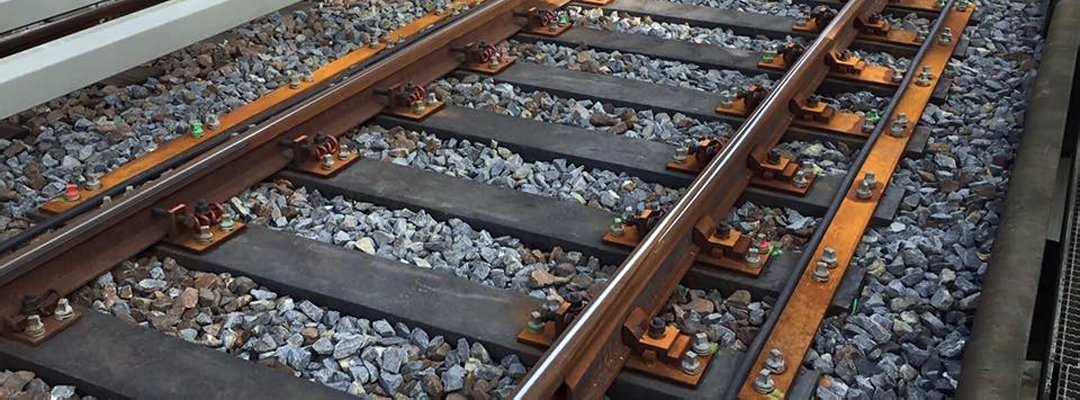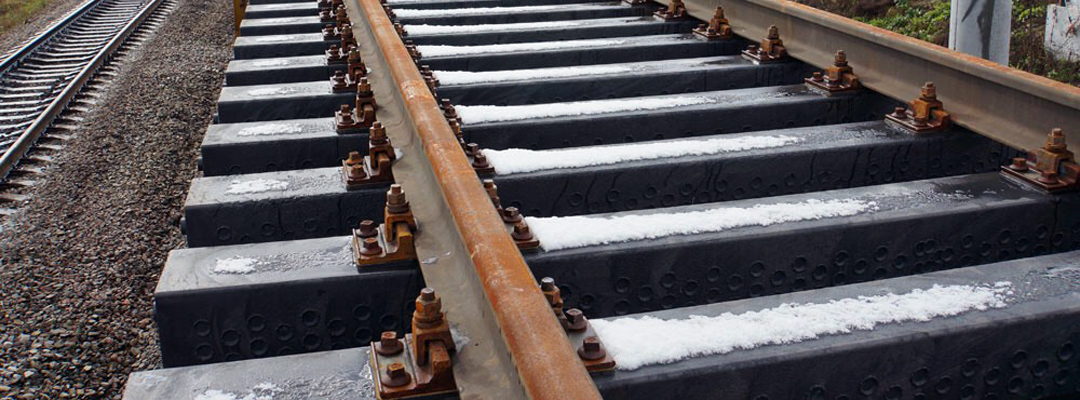Plastic (composite polymer) sleepers are a modern alternative to traditional railway sleepers made of wood or reinforced concrete. Such sleepers last longer and are easier to repair. Their advantages over concrete sleepers are low weight, low vibration and no wear of electric railway tracks. The service life of plastic sleepers is more than half a century. Of course, they are somewhat more expensive than wooden or concrete sleepers, but in their lifetime, plastic sleepers recoup their cost many times over.

Any secondary plastic can be used in the production of plastic sleepers, from empty bottles to old carpeting. One plastic sleeper contains more than 80 kg of plastic, which equals 1-2 thousand used plastic bottles. In other words, garbage with a long decomposition cycle, instead of littering the environment, becomes a raw material for the manufacture of environmentally safe products, and with the possibility of their recycling. Therefore, when using plastic sleepers, the problem of their utilization disappears, since the material of the sleepers is reused for the manufacture of new ones.
Results of performance, laboratory and bench tests demonstrate that the total physical and technical characteristics of plastic sleepers in half superior characteristics of wooden sleepers. Field tests of similar sleepers abroad showed that the deterioration of their surface under the influence of ultraviolet (under direct sunlight) does not exceed 0.08 mm per year. Material that is lost during their operation is not toxic and is not washed into the soil.
The coefficient of linear expansion of plastic sleepers is low, and by its value we can say that the broadening of the track gauge due to temperature differences does not exceed 1-2 mm. Plastic sleepers retain their physical and mechanical properties at ambient temperatures from + 50 to -70° C and are not affected by salt, gasoline and oils. They are characterized by increased resistance to shock loading and deflection, allowing to reduce noise and vibration. As a result, the destruction of the railroad tracks is reduced, routine maintenance and the number of repairs are minimized. Plastic sleepers can be used on roads with an axial load of more than 30 tons per axle, and their service life, taking into account repairs, reaches 50 years, which is five to ten times longer than wooden ones. There is also a fire certificate for plastic sleepers.

Plastic sleepers in size correspond to wooden sleepers. Their installation does not require any special training or equipment. They are placed using traditional equipment for wooden sleepers, but do not require the installation of electrically insulating elements and cushioning pads.
The use of plastic sleepers is not limited to rail transport. The areas of their rational use are metro tunnels, domestic railway lines of industrial zones and logistics enterprises, underground mining operations, wet and aggressive environments, densely populated areas, urban electric transport. The use of plastic sleepers on bridges and viaducts is appropriate, since they contribute to a better distribution of the load and reduce bridge beams vibrations. Partial replacement of rotten wooden sleepers with plastic sleepers stabilizes the track stiffness.
Plastic sleepers have a long life cycle and are subject to repair, refurbishment, or complete recycling at low operating costs. Taking into account the cost of maintenance, repair, depreciation and disposal, the cost of purchasing plastic sleepers will repeatedly pay for itself.

